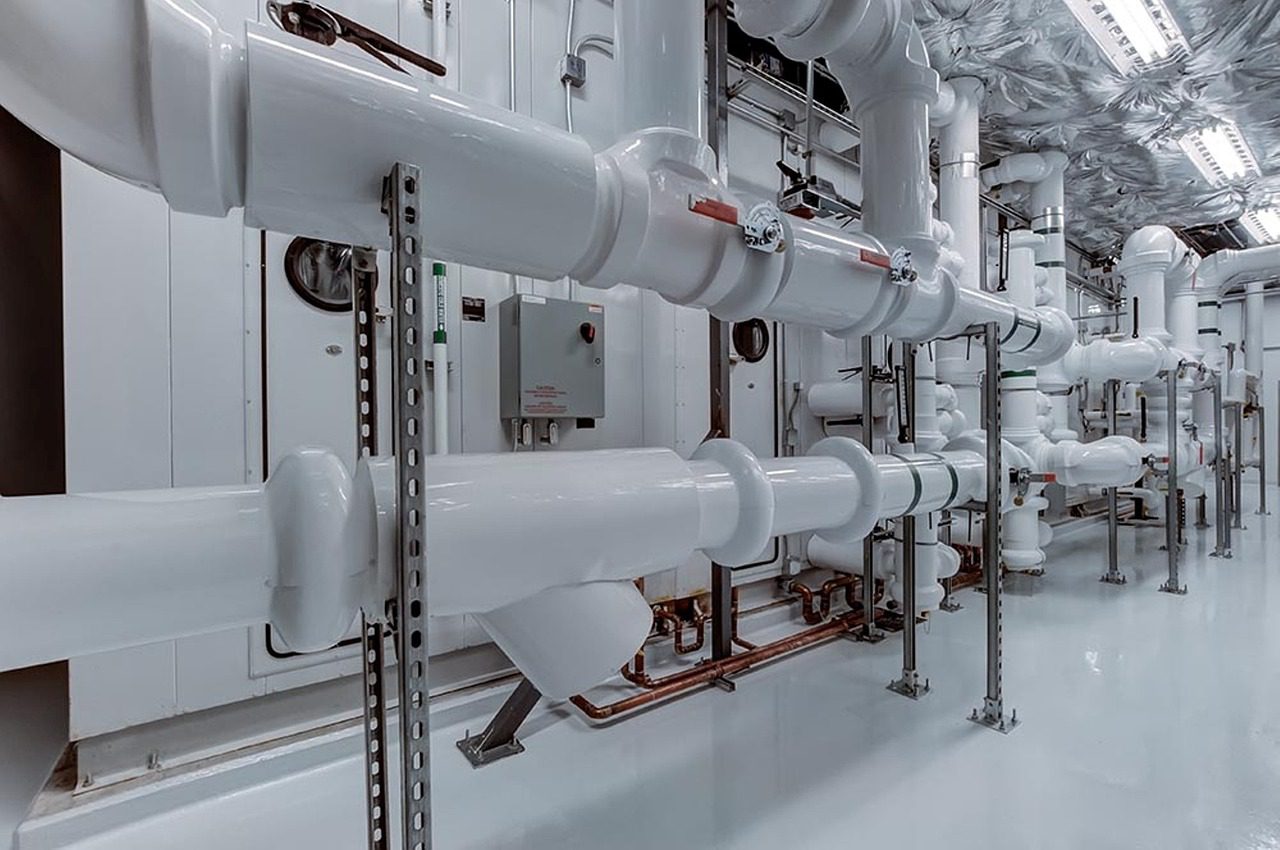A dehumidifier is an essential appliance for maintaining a comfortable and healthy environment in your basement. Excessive humidity can lead to various problems, such as mold growth, musty odors, and damage to your belongings. This article will guide you through selecting the perfect dehumidifier for your basement and cover important factors to consider before making a purchase. We will discuss various types of dehumidifiers, their features, and how to maintain your dehumidifier for optimal performance.
Basement Humidity Problems
Basement areas are prone to high humidity levels due to their location below ground level. Moisture seeps through the walls and floor, leading to a damp environment. High humidity levels in the basement can cause various problems, including:
– Mold and mildew growth: Mold thrives in moist environments and can be potentially hazardous to your health. If left untreated, mold can spread to other areas of your home.
– Musty odors: Excessive moisture in the basement leads to a musty, unpleasant smell. This odor can permeate your entire home and be difficult to get rid of.
– Damage to belongings: High humidity levels can cause damage to your stored items, such as furniture, electronics, and clothing. Floors, walls, and ceilings can also be affected.
– Structural issues: Prolonged humidity and moisture can weaken the structural integrity of your basement, leading to potential safety hazards. To prevent these problems, it is crucial to invest in a suitable dehumidifier for your basement.
Types of Dehumidifiers
There are two main types of dehumidifiers to choose from: refrigerant and desiccant.
– Refrigerant dehumidifiers: These units use a cooling coil to lower the air temperature, causing the moisture in the air to condense and collect in a reservoir. Refrigerant dehumidifiers are more energy-efficient and perform well in warm environments.
– Desiccant dehumidifiers: These dehumidifiers use a desiccant material to absorb moisture from the air. Desiccant dehumidifiers are ideal for colder climates and are typically more expensive than refrigerant units.
Your choice will depend on your budget and the specific needs of your basement. Both types effectively reduce humidity levels and improve air quality.
Dehumidifier Capacity
When selecting a dehumidifier for your basement, it is essential to consider the units capacity, measured in pints per 24 hours (PPD). This number refers to the amount of moisture a dehumidifier can remove from the air within a day. To determine the appropriate capacity, carefully assess the level of dampness in your basement:
– Mildly damp: If your basement experiences occasional dampness, a unit with a capacity of 10-20 PPD should suffice. – Moderately damp: Consistent dampness and musty odors call for a dehumidifier with a 20-30 PPD capacity.
– Severely damp or wet: If you have visible moisture on the walls, youll require a unit with a capacity of 30-50 PPD.
– Extremely wet: In cases of flooding or excessive moisture, opt for a high-capacity unit with a minimum capacity of 50 PPD. Make sure to also consider the size of your basement when selecting a dehumidifier. A larger area may require a unit with a higher capacity.
Energy Efficiency
Another factor to consider when choosing a dehumidifier for your basement is energy efficiency. Running a dehumidifier can consume a considerable amount of energy, which can impact your utility bills. Look for models that have the ENERGY STAR certification, which means they meet government standards for energy efficiency, saving you money and reducing your carbon footprint.
Additional Features
Modern dehumidifiers come with various additional features that increase convenience and performance. These include:
– Auto-humidistat: This feature allows the dehumidifier to automatically maintain a preset humidity level, ensuring optimal conditions without constant manual adjustments.
– Timer: A timer allows you to configure the dehumidifier to turn on and off at specific times, further improving energy efficiency.
– Auto-defrost: This feature prevents the coils in refrigerant dehumidifiers from freezing up in colder temperatures, extending the lifespan of your appliance.
– Continuous drainage option: Most dehumidifiers come with a water reservoir that must be manually emptied. A continuous drainage option lets you connect a hose to the dehumidifier, which can then drain the collected water directly into a sink or floor drain, eliminating the need for manual emptying.
Consider what features are most important to you and choose a unit that meets those needs.
Maintenance Tips
Regular maintenance is essential for your dehumidifiers optimal performance and lifespan. This includes:
– Cleaning the air filter: Most dehumidifiers have a removable filter that captures dust and debris. Clean or replace this filter periodically to ensure optimal airflow and efficiency.
– Emptying the water reservoir: Check the water reservoir regularly and empty it as needed. Remember to occasionally clean the reservoir to prevent mold and mildew growth.
– Inspecting and cleaning the coils: In refrigerant dehumidifiers, keep an eye on the condenser coils and clean them if necessary to maintain optimal performance.
By properly maintaining your dehumidifier, you can extend its lifespan and ensure consistent, effective performance.
Conclusion
Investing in a dehumidifier for your basement is crucial for maintaining a healthy and comfortable living environment. Consider factors such as the type of dehumidifier, capacity, energy efficiency, and additional features when making your purchase. Regular maintenance will help ensure your dehumidifier remains effective and durable.
With the right dehumidifier in place, you can eliminate excess humidity, protect your belongings, and create a more enjoyable living space for you and your family.































